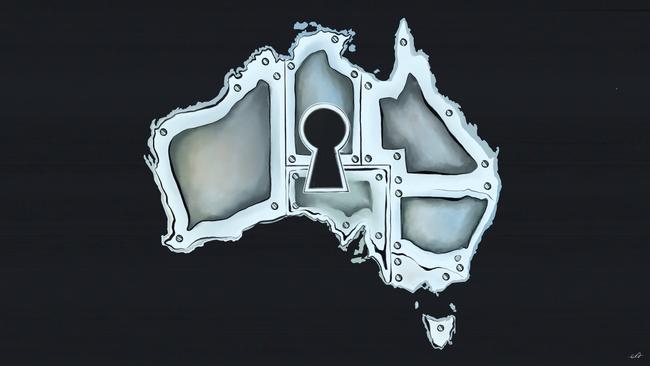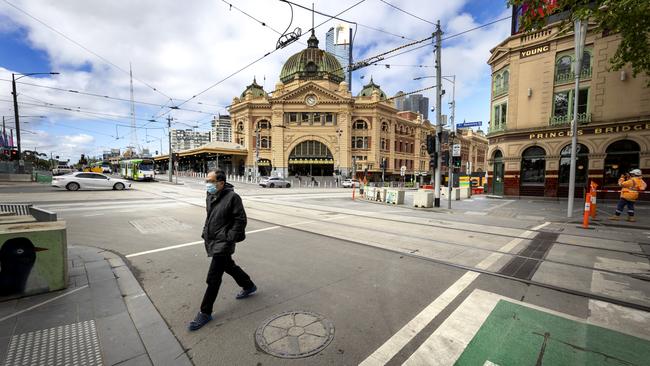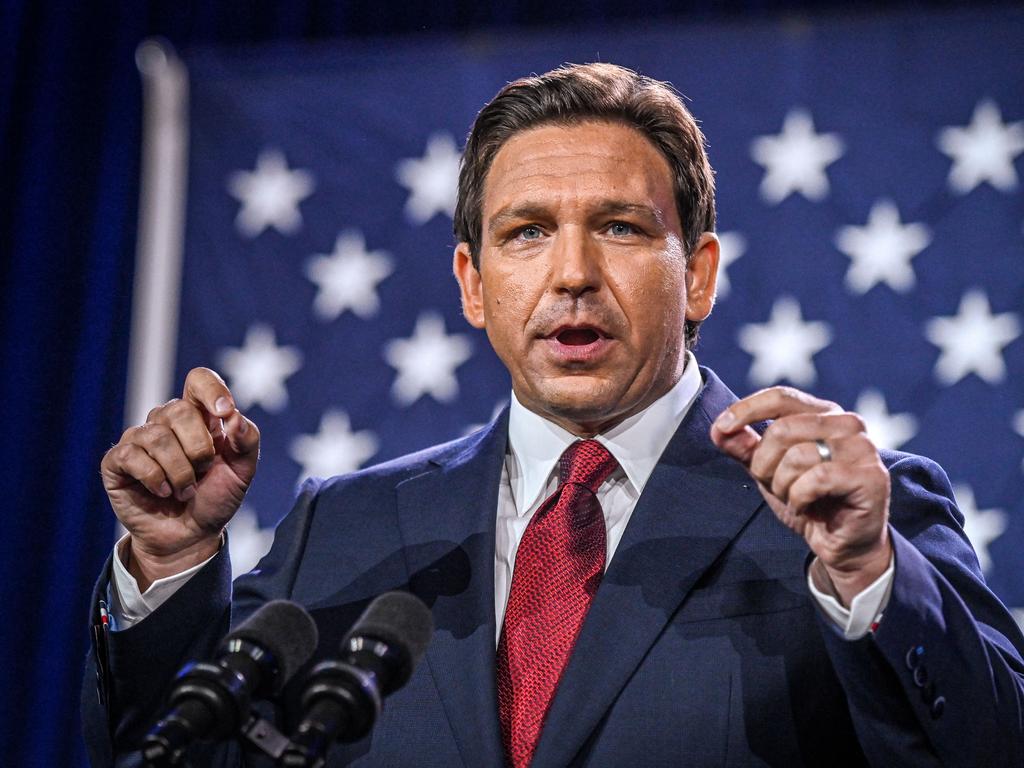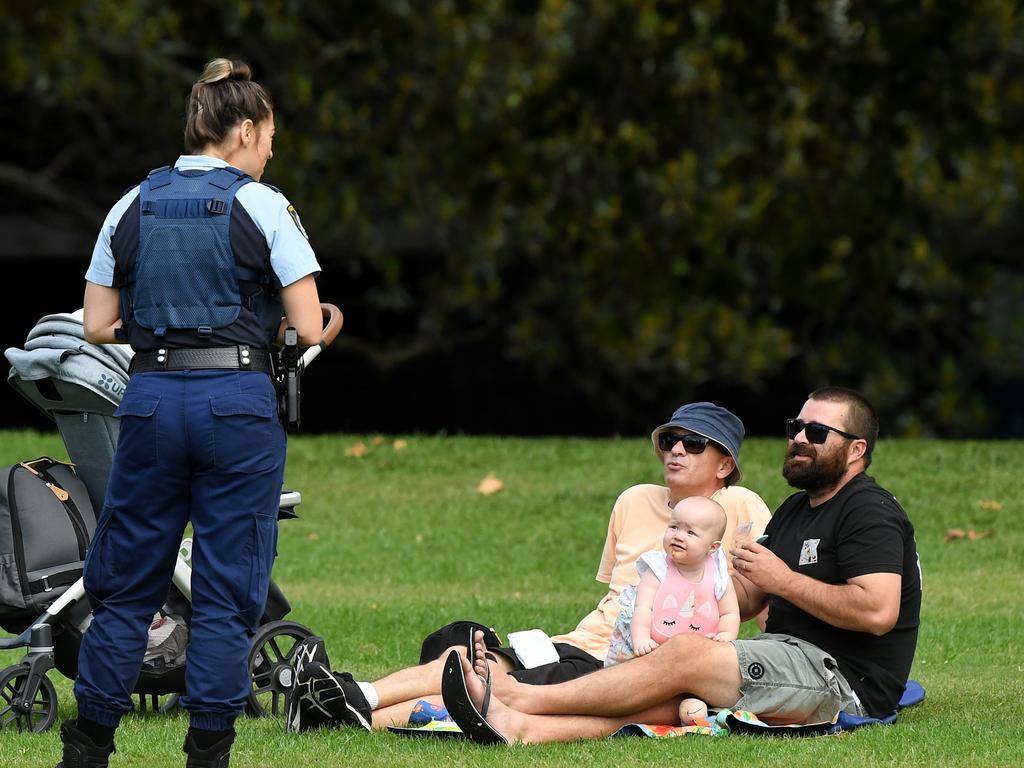How lucky country became the locked-up country
By losing its capacity to govern, Australia let down its people in their hour of greatest need. Our collective challenge is to relearn how to govern or face the same problems time and again.

In his 1964 book of the same name, Donald Horne famously called Australia “the lucky country”. To Horne’s annoyance, his words have often been taken literally, becoming Australia’s unofficial tagline. Horne’s argument, however, was that Australia did not deserve its good fortune. He was especially scornful of Australia’s political and business leaders, who despite their mediocrity coasted on Australia’s luck.
Australia’s response to the Covid-19 pandemic demonstrates the enduring truth of Horne’s thesis, and this book tells the story of how the lucky country ran out of luck and became “the locked-up country”, its borders closed for months and cities in extended lockdown. It is a story of lacklustre political leaders and of companies underperforming but still somehow doing well financially. It is also the story of how the Australian state – encompassing the wide range of organisations, processes and relations at all levels involved in the formulation and implementation of public policy in Australia – lost its capacity to govern in the decades before the pandemic, letting Australians down in their hour of greatest need.
Australia was seen as a poster child for good pandemic management, keeping infections and deaths low compared with other countries, via a combination of closed borders (international and often internal) and lockdowns. Thousands of Australian citizens were stranded overseas and Melbourne suffered a lockdown lasting 112 days in the winter of 2020. But with Covid ravaging most countries, Australians living something approximating their pre-pandemic lives behind the walls of Fortress Australia, considered themselves lucky.

However, by the summer of 2021–22 Australia didn’t feel like a success story anymore. Immediately following a prolonged lockdown of Australia’s biggest cities, a massive wave of infections, wrought by the Omicron variant, was washing over the eastern states. While hospitalisations and deaths were much lower than with earlier variants, the sheer volume of infections strained hospitals. Public consternation focused on the scarcity of rapid antigen tests that governments had mandated to avoid mandatory isolation, but failed to order in sufficient quantities. Consequently, thousands of workers were forced to stay at home, supply chains froze and supermarket shelves again emptied of basic necessities.
The RATs failure was far from unique. Throughout the pandemic response, Australia struggled to implement complex policies, and repeatedly fell back on blunt, simple measures like closed borders and lockdowns. These became less effective as the pandemic wore on and the virus mutated to become more infectious. As Horne predicted, improvisation and adhockery could only go so far.

Why did Australia become the locked-up country? For some – mainly supporters of the Morrison government – the pandemic was a “black swan” event no one could have seen coming. Indeed, the word unprecedented was Dictionary.com’s word of the year in 2020, and Morrison used the expression “unprecedented times” in almost every speech throughout 2020 to justify radical steps, such as border closures, lockdowns and massive fiscal spending. The implications were clear: in unprecedented times, policy glitches are to be expected and excused.
This framing does not stack up. Although the precise timing of a pandemic is never known, experts had warned for years that a serious pandemic was a matter of “when” rather than “if”. Australia, like most other countries, had ostensibly been planning and preparing for exactly such an occasion since at least the early 2000s. Furthermore, the problems in Australia’s pandemic response – from leaky hotel quarantine, via the stroll-out, to absent RATs – remained consistent for many months, not just in the panic-stricken early weeks.
Another explanation, favoured by the Coalition’s detractors, is that the problems were the government’s fault. Morrison, in particular, came under sustained criticism for his pandemic performance. Luckily, this narrative goes, Australia’s premiers and chief ministers stepped up into the breach. They took the hard decisions to lock down their cities and shut their borders. They kept health systems going and ran the hotel quarantine system. All the while, the lacklustre government preferred to sit on its hands and failed when it tried to do something.
However, Australia’s malaise is not confined to particular leaders’ personalities and aptitude. The story of the “locked-up country” begins well before Covid-19, with the transformation of the Australian state since the 1980s. In response to economic and political crises, Labor and Coalition governments have replaced Australia’s powerful command-and-control state with a motley array of quasi-independent agencies, both public and private, loosely coordinated by the federal government: the “regulatory state”. Whereas elected leaders could previously instruct the bureaucracy to implement its wishes, in the regulatory state they are reduced to trying to achieve their political goals indirectly, by “steering”, coaxing and incentivising organisations no longer under their control. Australian federalism also transformed, from traditional devolution to “regulatory federalism”. Federal interactions fragmented into issue-specific networks, often also involving private sector and non-governmental participants, blurring lines of control and accountability.
Behind these changes was the aim of reducing popular influence over, and expectations of, the state. Having relinquished direct control, political leaders could claim plausible deniability over policy decisions and outcomes in many areas previously under their purview. The regulatory state’s true cost became known when the pandemic erupted and no one was in charge. Absent clear lines of control, leaders were able to evade responsibility. Instead of addressing problems, they diverted the blame. When no one is in charge, no one is accountable.
Australia was unprepared for the pandemic, despite appearances to the contrary. Having signed up to the World Health Organisation’s 2005 International Health Regulations, federal and state governments developed elaborate plans that were quickly abandoned. Reams of paperwork could not mask the fact that Australia lacked actual capacity to carry out its planned “test, trace and isolate” strategy. With public and media panic growing, pressure was mounting on the state and federal governments to act.

Scrambling to respond, the prime minister and premiers turned to border closures and lockdowns. These were ad hoc measures, copied hastily from other countries, contrary to WHO advice and Australia’s own pre-pandemic planning. They were also, however, relatively quick and simple to implement. But luck again offset poor planning and weak capacity. By May 2020, to everyone’s surprise, community transmission was eliminated.
Although initially touted as one-off, short-term emergency measures, border closures and lockdowns remained mainstays of Australia’s response for the following 20 months, masking repeated failures in key planks of the pandemic response, most notably in hotel quarantine and the vaccination program. Australia’s hotel quarantine systems were established over one hectic weekend in March 2020, when National Cabinet suddenly decided to institute mandatory 14-day quarantine for all international arrivals. These hastily improvised systems proceeded repeatedly to fail, reintroducing the coronavirus into the community and sparking outbreaks that led to lockdowns.
The reliance on lockdowns meant that mass vaccination was the main pathway out of the pandemic. But Australia’s vaccination campaign was for months mired in chaos, confusion and delays, becoming derisively known as the “stroll-out”. Unlike elsewhere, the vaccination campaign was not inhibited on the demand side. Federal and state governments failed to secure adequate vaccine supplies and then bungled their roll-out by relying on inept consultants and contractors. In the end, it took the Australian Defence Force to put the roll-out back on track, but not before extending the border closures and lockdown agony for Sydney, Melbourne and Canberra for months.
The pathologies that plagued Australia’s Covid-19 response are deeply entrenched, and not confined to the pandemic crisis. The federal and NSW governments’ lacklustre response to the floods of 2022 saw many of the same political pathologies we identify reappear in a very different policy area. The problem is systemic, and we cannot continue to rely on luck. Australia’s challenge – our collective challenge – is to relearn how to govern or face the same problems time and again.
This is an edited extract from The Locked-up Country: Learning the Lessons from Australia’s Covid-19 Response by Tom Chodor and Shahar Hameiri (University of Queensland Press), out now.





To join the conversation, please log in. Don't have an account? Register
Join the conversation, you are commenting as Logout